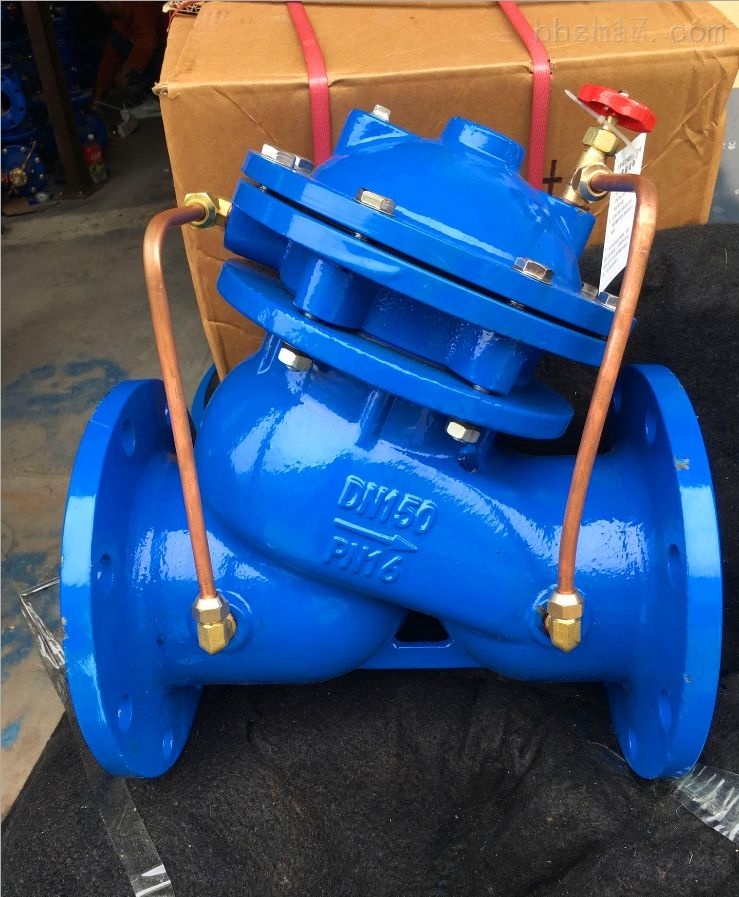दिसम्बर . 04, 2024 16:20 Back to list
spline gage calibration
Understanding Spline Gage Calibration A Comprehensive Guide
In the realm of precision manufacturing and quality control, the importance of accurate measurement cannot be overstated. Among the various tools employed by engineers and inspectors, spline gages play a crucial role in ensuring the reliability and performance of machined components. However, to maintain their accuracy, spline gages must be properly calibrated. This article discusses the fundamental aspects of spline gage calibration, including its importance, the calibration process, and best practices to achieve effective results.
What is a Spline Gage?
A spline gage is a measuring tool designed to evaluate the form and dimensions of spline profiles, which are often used in mechanical components such as gears, shafts, and couplings. Splines are key features that enable the transmission of torque between two parts without the risk of slippage. Accurate measurement of these profiles ensures that the components will fit together properly, minimizing wear and enhancing functionality.
The Importance of Calibration
Calibration is the process of verifying and adjusting the accuracy of measurement tools against a known standard. For spline gages, calibration is essential for several reasons
1. Accuracy Regular calibration ensures that spline gages are providing precise measurements, which is critical for maintaining the quality of manufacturing processes. 2. Compliance Many industries are governed by strict regulatory standards that require regular calibration of measurement tools to ensure compliance and maintain certifications. 3. Cost Efficiency Inaccurate measurements can lead to defective products, increased waste, and higher costs. Calibration minimizes these risks by ensuring that all measurements are correct from the outset.
The Calibration Process
Calibration of spline gages typically involves several key steps
1. Preparation Before beginning the calibration process, it is important to gather all necessary equipment, including certified calibration standards, measurement devices, and documentation forms. The environment should be controlled to minimize factors like temperature fluctuations and vibrations that could affect measurements.
spline gage calibration

2. Verification of Standards Calibration standards, which are precision tools with known dimensions, must be verified. This ensures that the standards themselves are accurate and can be relied upon for calibrating the spline gage.
3. Measurement The spline gage is then measured against the calibration standards. This may involve using a comparator or other measuring devices to assess the gage's dimensions and profile accuracy.
4. Adjustment If discrepancies are found between the spline gage measurements and the calibration standards, adjustments must be made. This may involve mechanical adjustments or recalibrating the tool to align with the standard’s specifications.
5. Documentation Once the calibration process is complete, it is crucial to document the results thoroughly. This documentation should include details of the calibration procedure, any adjustments made, and the final measurements. Proper records will help maintain compliance and provide traceability.
Best Practices for Effective Calibration
To achieve reliable results during spline gage calibration, consider the following best practices
- Regular Calibration Intervals Establish a schedule for regular calibration based on usage patterns and industry standards. Frequent calibrations can help catch inaccuracies before they affect production quality. - Train Personnel Ensure that all personnel involved in the calibration process are well-trained in measurement techniques and aware of the importance of proper calibration procedures.
- Use Environmental Controls Where possible, perform calibrations in a controlled environment to reduce the chances of external factors influencing the results. - Utilize Advanced Technologies Consider investing in automated calibration systems that can improve accuracy and reduce human error in measurement processes.
Conclusion
In manufacturing and engineering, the precision of measurements plays a pivotal role in product quality and functionality. Calibration of spline gages ensures that these vital tools provide accurate measurements, thus supporting high-quality manufacturing practices. By following the systematic calibration process and adhering to best practices, companies can enhance their operational efficiency, reduce waste, and maintain compliance with industry standards. Ultimately, investing in spline gage calibration is an indispensable step toward achieving excellence in manufacturing.
-
Why Metric Trapezoidal Thread is Ideal for Precision Motion ControlNewsAug.05,2025
-
The Unique Properties of a Block of Granite for Industrial UseNewsAug.05,2025
-
The Role of Flanged Y Strainers in Preventing Pipeline ClogsNewsAug.05,2025
-
The Importance of Regular Calibration for Master Ring GagesNewsAug.05,2025
-
How a Cast Iron Surface Table Enhances Accuracy in ManufacturingNewsAug.05,2025
-
Comparing Different Check Valve Types for Optimal Flow ControlNewsAug.05,2025
Related PRODUCTS









